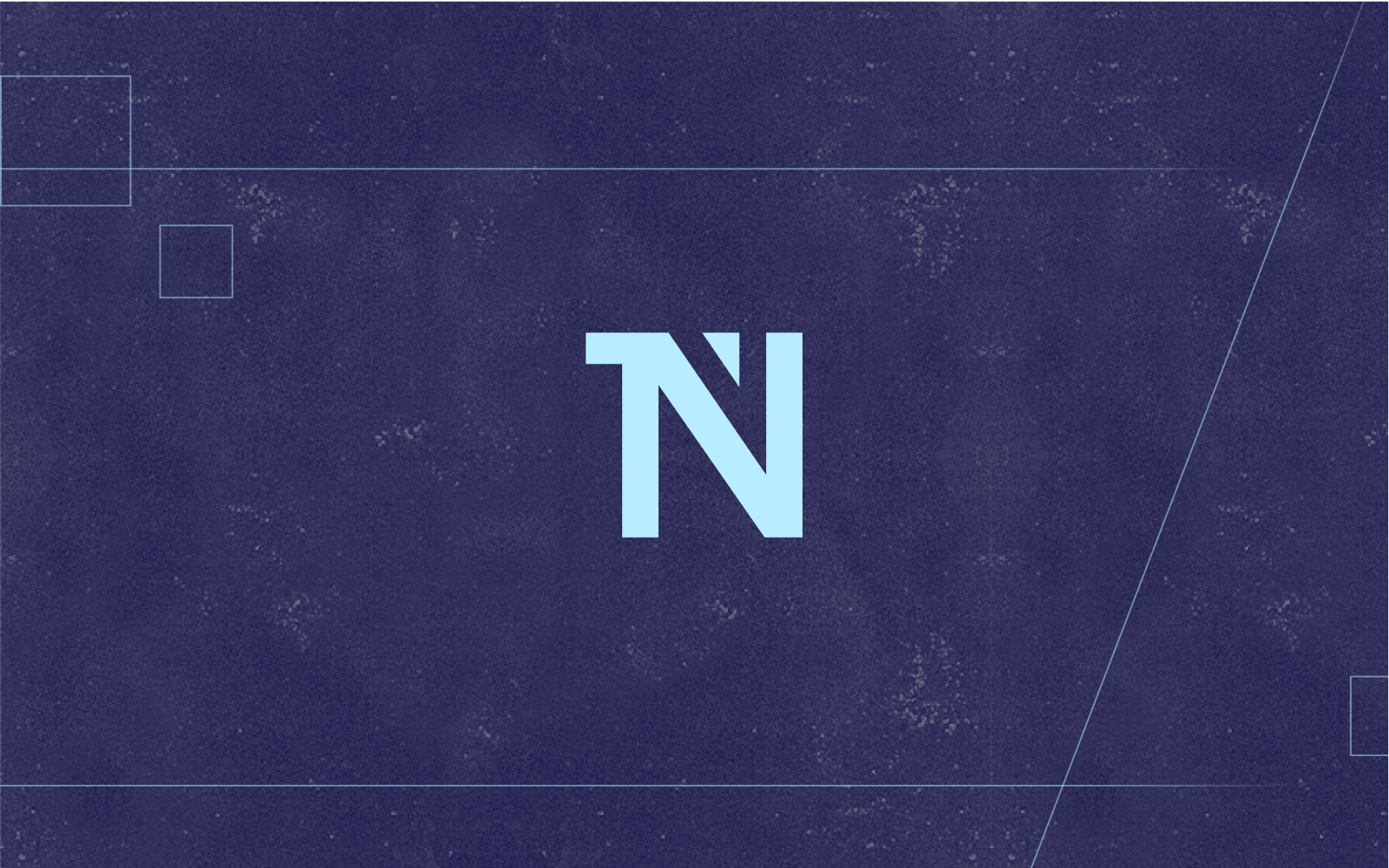


How to Up Your Board Meeting Game as a Founder [Deck Templates 2.0]
Today we’re thrilled to re-launch our most popular resource ever: board deck templates for seed-stage startups. Last year, we released two different variations of the deck, both contained in the same resource. Since then, they’ve been downloaded hundreds of thousands of times.
Based on that reaction, we wanted to continue improving the product through both additional revs/design and continuing to evolve how we think about board meetings in the first place. You can get a copy of our “2.0” resource below. (Clicking triggers a file download.)
PowerPoint | PDF | SlideShare
We sincerely hope you find these useful in saving time designing your slides. But more so, these decks are about one thing: upping your board game as a founder.
Below, I unpack what I mean, as well as challenge some conventional thinking that gets in the way of a successful board meeting and board relationship…
The Real Purpose of Your Board Meeting (and How This Looks in the Seed Stage)
It’s easy to perceive board meetings as a reporting mechanism, but to really use the time well and excel at leading board meetings, it’s about communication, discussion, and action items for afterwards. Board meetings are not simply about updating your directors and investors about what you’re doing. They are an opportunity to create structured communication to solve problems and move the business forward.
Some founders hesitate to spin up a board early, maybe due to the perception that investors would try to control the company, maybe out of a concern of putting too many balls in the air at once. But whatever the reason to avoid it, there are much better reasons to pursue holding board meetings early in the life of a startup. They can all largely be summed up by one benefit: preparing for success. Said another way, seed-stage companies can be led by a founder; scaling companies require a CEO. For an entrepreneur to grow from founder to true CEO, it helps to act as if your business is already at the next stage.
Here’s where board meetings can be so useful. Central to any CEO’s job is thinking through strategy and reflecting on operations, as well as communicating these things to various constituents. Founders who set up and lead effective board meetings from the very beginning stages of the business more quickly develop that crucial muscle memory.
Just to discuss a few benefits more in-depth…
First and foremost, getting into a regular cadence readies the company to think and operate more professionally for later rounds of financing. At NextView, one founder we invested in last year proactively asked us, as her lone institutional investor, to start doing this. She wanted to receive feedback early and get into the practice in anticipation of later rounds and later-stage problems and opportunities.
Executives at your company can also benefit from interacting with the board. For professional development as well as exposure for your management team, founders often bring in VPs (or SVPs, or other C-levels, etc.) to talk about a key area — some challenge or trend or, as you scale, department.
Note that you should NOT bring in these execs to simply run through their slides. Again, this isn’t about updates alone. Try instead to bring in one executive in a given board meeting, and use about 30 minutes to talk about something going on at the company. Just as founders work with the board to solve problems, so too can executives in their area of ownership.
Additionally, good CEOs rely on board meetings to set proper expectations about future obstacles and milestones. Part of that necessary evolution from founder to CEO is learning this skill. This is not to say bad news never comes — it definitely will — but rather, bad news shouldn’t be a total surprise. It shouldn’t be coming from out of left field. Board directors and observers should have some hint that it’s coming — same for good news. Consistently tracking burn, setting budgets, and communicating your spend relative to the budget expectations is a great way to start exercising this muscle.
Good board meeting leaders can communicate the upside and downside in the short and medium terms so that, whatever happens, the board isn’t surprised. As a board director, if something is wildly unexpected — good or bad — you’re not sure what to expect from the founder or company in the future or what numbers and trends to trust. That’s a bad environment to create, and again, this can happen for bad news OR good.
In other words, it’s not about avoiding the bad news and trumpeting the good. It’s about using board meetings to share what you expect to happen and openly discuss what actually did.
At the seed stage, where NextView invests, a highly structured board often isn’t a requirement. However, it will definitely be required of you later, and you’re better off instilling this behavior in yourself and your management team early. It’s a great opportunity to both learn and get feedback at the seed stage when, frankly, there’s more forgiveness. It becomes second nature so that when you raise that Series A or beyond, you’re already acting as if you’re at that stage.
If you take nothing else away from these benefits, remember this: You always want to run your company as if it’s at the next stage. If you’ve raised an institutional seed round, act as if you’ve raised Series A when it comes to board meetings.
Your investors will appreciate it, it builds confidence and trust and helps strengthen that relationship, and it will empower the company to succeed.
You can download the 2.0 version of our board deck templates below, or read more about board meetings on the NextView blog beneath that.
PowerPoint | PDF | SlideShare





